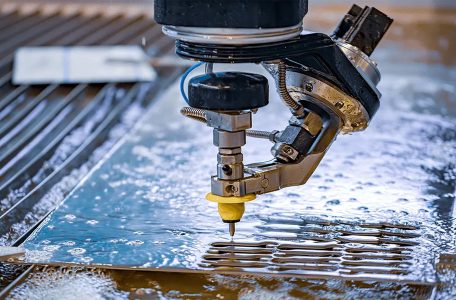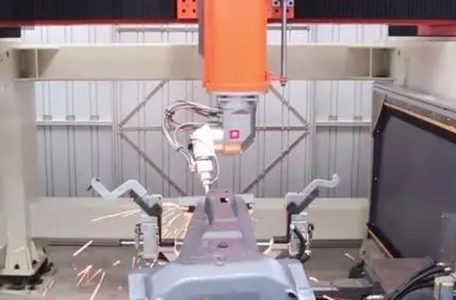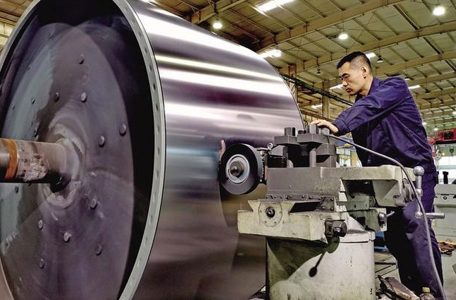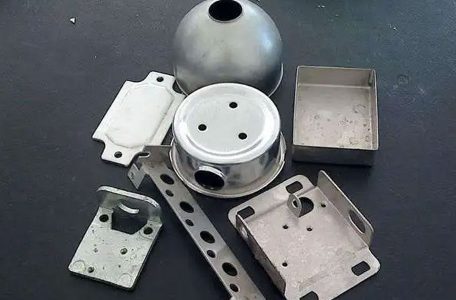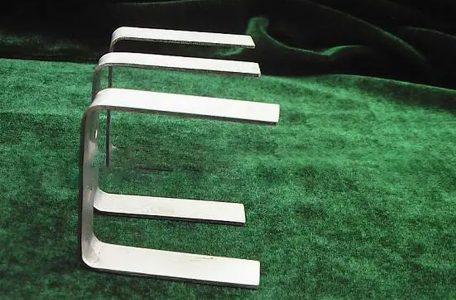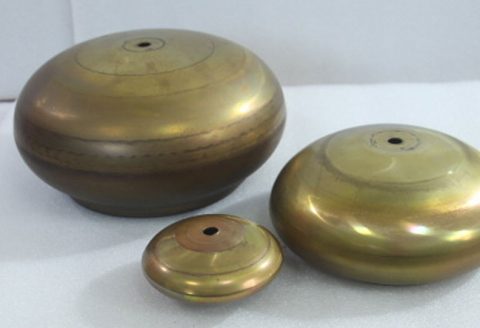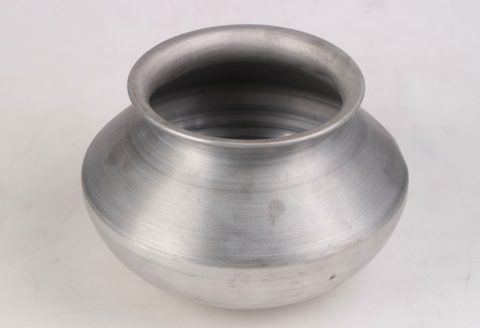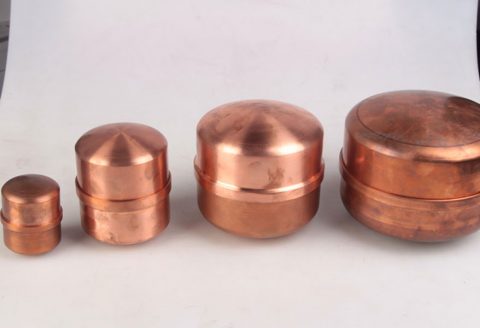In the realm of industrial cutting technologies, two methods stand out prominently: waterjet cutting and laser cutting. Both techniques have revolutionized manufacturing processes, offering precision, efficiency, and versatility. However, understanding the nuances of each method is crucial for selecting the most suitable option for specific applications. In this comprehensive article, we delve into the intricacies of waterjet and laser cutting, exploring their materials compatibility, diverse applications, and the respective benefits they bring to various industries. Section 1: Understanding Waterjet Cutting Waterjet cutting, a method utilizing a high-pressure stream of water mixed with an abrasive substance, has gained traction across industries for its ability to precisely cut a wide range of materials. The principle behind waterjet cutting is simple yet highly Read more
Blog
The Difference Between 5-Axis and 3-Axis Laser Cutting
In the realm of manufacturing and industrial applications, precision and efficiency are paramount. Among the various technologies driving modern manufacturing processes, laser cutting stands out for its versatility and accuracy. Laser cutting has evolved significantly over the years, with advancements leading to the development of 5-axis and 3-axis laser cutting systems. These systems offer distinct advantages and capabilities, catering to different requirements and complexities in cutting operations. In this in-depth exploration, we delve into the intricacies of 5-axis and 3-axis laser cutting, elucidating their differences, functionalities, and applications. Understanding Laser Cutting Before delving into the specifics of 5-axis and 3-axis laser cutting, it’s essential to grasp the fundamentals of laser cutting technology. Laser cutting involves the use of a high-powered Read more
China is constructing the largest CNC vertical spinning lathe in Asia for the aerospace industry
Spin forming is a special method of metal plastic forming, where the principle lies in securing the blank on the mold, which, together with the blank, spins at high speed. The outer spinning wheel applies significant pressure to the blank, causing the metal blank to deform, ultimately forming a part identical in shape to the mold. Spin forming can be categorized into ordinary spin forming and strong spin forming. Ordinary spin forming refers to a process where the shape of the blank changes during forming, while the thickness remains constant. This type of spin forming has been around for a long time and finds widespread use in civilian applications such as utensils, tableware, and some parts with low precision requirements. Read more
Metal spinning, often referred to as spin forming or spinning, is a metalworking process where a flat metal disc or tube is rotated at high speed and formed into a symmetrical object using a combination of force and shaping tools. This unique manufacturing technique has been employed for centuries, evolving from simple hand tools to advanced CNC machinery. In this comprehensive guide, we will delve deep into the world of metal spinning, exploring its history, applications, techniques, and advantages. The origins of metal spinning can be traced back to ancient civilizations, where artisans used primitive tools to shape metals into various objects for daily use and religious rituals. Over time, the techniques evolved, and the process became more refined, leading Read more
The History of Metal Spinning: From Ancient Craft to Modern Art
Metal spinning, often referred to as “spin forming” or “metal turning,” is a metalworking process that has been practiced for thousands of years. This intricate craft involves shaping a flat metal disc or tube over a rotating form, known as a mandrel or chuck, to produce symmetrical and hollow objects. From ancient civilizations to the modern industrial age, metal spinning has evolved significantly, adapting to new technologies and applications. In this comprehensive article, we will delve deep into the rich history of metal spinning, tracing its origins, development, and transformation over time. Ancient Beginnings The roots of metal spinning can be traced back to ancient civilizations where metals like gold, silver, and copper were first used for decorative and functional Read more
How to Calculate Metal CNC Spinning Cost,Price And Time
Metal spinning, also known as spin forming or metal cnc turning, is a metalworking process by which a flat metal disc, known as a blank, is formed into a rotational symmetrical object. This process is widely used in industries such as aerospace, automotive, and household goods manufacturing. Understanding the cost and time involved in metal spinning is crucial for both manufacturers and customers. In this article, we will delve into the factors that influence the cost and time of metal cnc spinning and provide a comprehensive guide on how to calculate them. Factors Affecting Metal CNC Spinning Cost Material Cost The choice of material significantly impacts the overall cost of metal spinning. Different metals have varying costs per pound, with Read more
High Cost of Raw Materials: How to Save by Understanding the Supply Chain
The escalating cost of raw materials has become a pressing concern for businesses across industries. Whether it’s steel, lumber, or precious metals, these expenses directly impact a company’s bottom line. While global economic factors and market demand play significant roles in these rising costs, understanding the intricacies of the supply chain can offer businesses valuable insights to mitigate expenses. This article delves into the high cost of raw materials and offers strategies to save by comprehending the supply chain better. Understanding the Raw Material Supply Chain The raw material supply chain is a complex network of processes and entities that starts with extraction or cultivation and ends with the delivery of the finished product to consumers. Key components of this Read more
How to Choose the Right Industrial Metal Fabricator
Choosing the right industrial metal fabricator is crucial for the success of any project. The fabricator you select will play a significant role in determining the quality, durability, and cost-effectiveness of your metal components or structures. With so many fabricators available, making the right choice can be a daunting task. This comprehensive guide aims to help you navigate through the selection process and choose the best industrial metal fabricator for your needs. 1. Introduction Choosing an industrial metal fabricator is a decision that should not be taken lightly. The fabricator you choose will impact the quality, cost, and timeline of your project. Therefore, it is essential to do thorough research and evaluation before making your final decision. 2. Understanding Your Read more
Hydroforming vs. Metal Stamping
Manufacturing processes play a pivotal role in determining the quality, efficiency, and cost-effectiveness of metal parts. Hydroforming and metal stamping are two prevalent techniques used in the industry, each with its unique advantages and applications. Understanding the differences between these methods can help manufacturers make informed decisions about which process to choose for their specific needs. In this article, we will delve into the intricacies of hydroforming and metal stamping, comparing them across various parameters. 1. What is Hydroforming? Hydroforming is a specialized metal forming process that uses high-pressure fluid to shape ductile metals into complex geometries. The process involves placing a metal blank or tube into a die and then injecting it with a pressurized fluid, typically water or Read more
